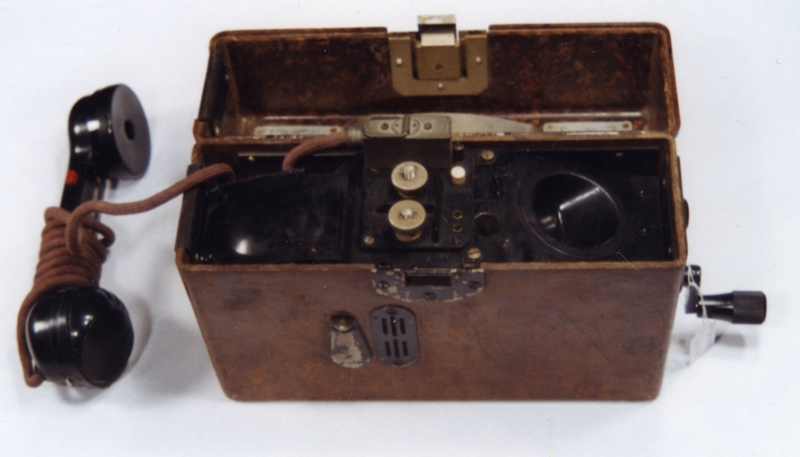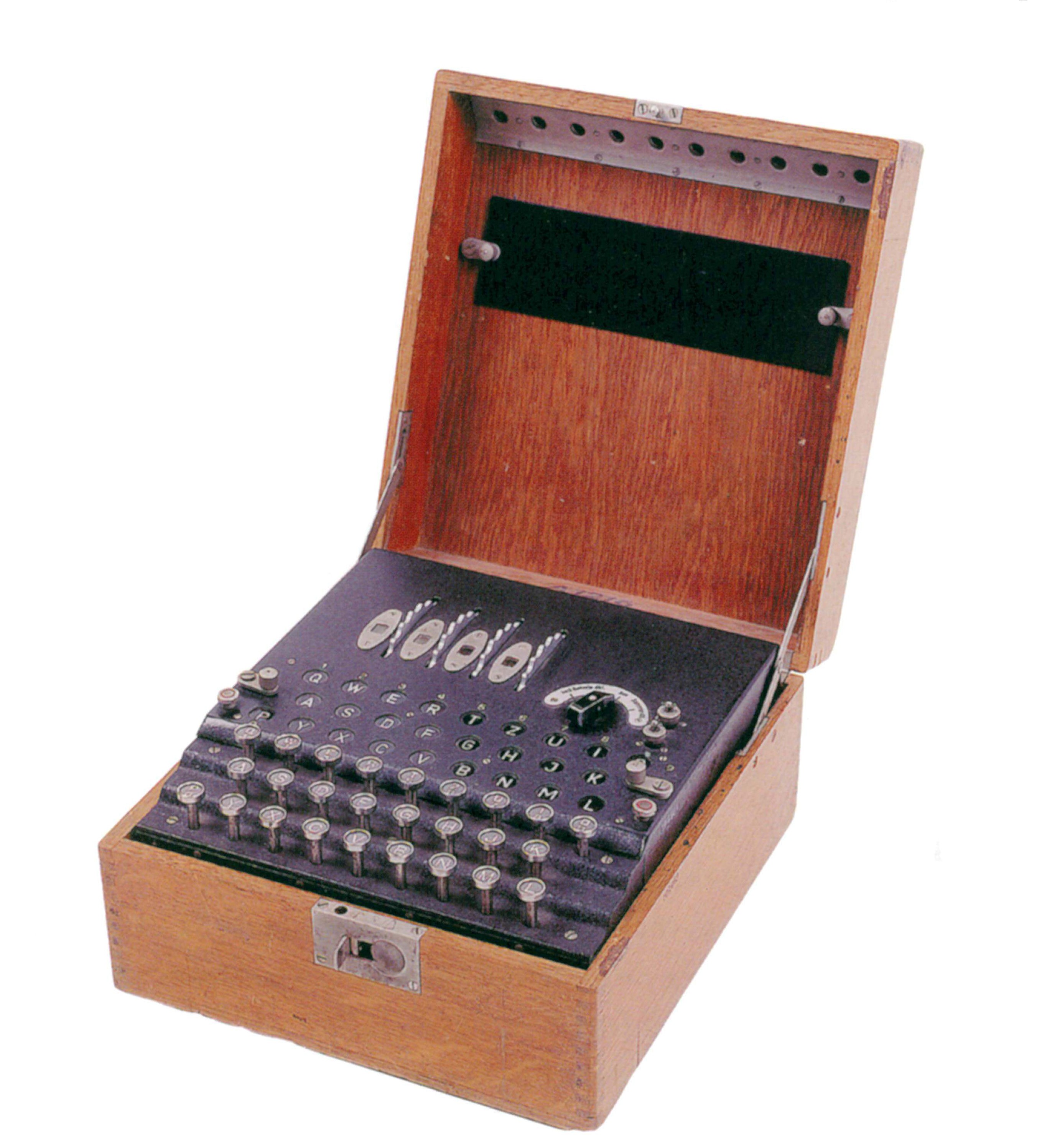

This microscope is optical, which means it has a system of magnifying lenses which allows us to see details that are invisible to the naked eye at high magnification. That is why the museum also displays a case with a set of lenses of different magnifications that make a set with the microscope.
This apparatus allowed Santiago Ramón y Cajal to carry out his studies on the nervous system and neurons at the end of the 19th century and the beginning of the 20th century. That paved the way for research in neuroscience and made him a very important figure in the history of medicine.

As well as the microscope of the medical captain Ramón y Cajal, the museum has a large collection of scientific instruments and technological objects. Some of these pieces allow us to see the evolution of society in past times when there was no electricity, telephone or radio; up to the society we know today, characterized by real-time information and communication systems like television, internet, smartphones, etc.
Today, information is basic to daily life and much of it is received through computers, tablets and smartphones. But before the Internet was invented (in the 1980s), information was just as valuable but moved through different media and basically took longer to arrive.

Do you know what this piece is? If you've ever seen a typewriter, it might remind you of one, right? This piece is much more complex than an instrument for writing. It is an Enigma machine, which lets you encode or encrypt messages so that their content can only be read by someone who has the key to decipher it. It was invented in 1923 and was used in conflicts such as the Spanish Civil War and, especially, the Second World War to send important or secret information.

The Enigma code is produced using a set of rotors. When you press a key, for example, the letter "A", the set of rotors moves so that it corresponds to another letter of the alphabet, which will be different every time you change the rotor. There are so many combinations of codes that other machines had to be invented to decipher messages encoded with Enigma. These machines became the first computers.